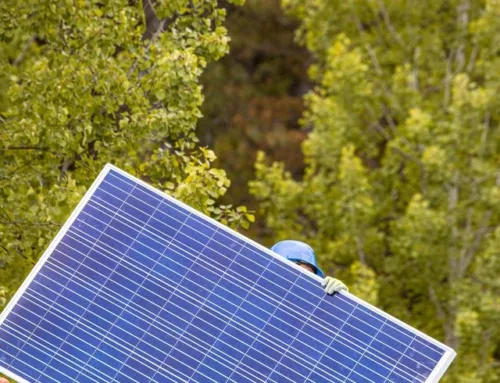Opinion | We need to regulate the cannabis market
November 20, 2025
America has come a long way since the days of “Reefer Madness” — the famed 1936 film which equates cannabis to “debauchery, violence, murder and suicide.” While the government’s long standing War on Drugs has largely failed, the aftereffects of prohibitionist policies continue to be felt to this day, and education aimed at safe drug consumption remains scarce across the nation.
For Hamilton Morris — the host of the hit Vice TV show “Hamilton’s Pharmacopia” — the freedom to use drugs comes with unavoidable risks.
“We need to emphasize our right to explore altered states of consciousness, regardless of whether or not they’re therapeutic, safe, traditional or spiritual. The point isn’t that it’s safe. The point is that if you want to live in a free society, you have to be allowed to take a certain amount of risk,” Morris said on a 2018 episode of the “Joe Rogan Experience”.
Far from glorifying drug addiction, educators like Morris help those already interested in consuming substances to do so safely. But for many young adults in America, cannabis consumption continues to serve as a taboo activity — made more alluring due to its illicit nature.
Deconstructing this cultural mystique, with the help of drug-safety education, has serious implications. For one, we would be able to curb instances of cannabis-induced psychosis, cannabis hyperemesis syndrome and cannabis use disorder. These prime risks are rarely talked about in an earnest way — the public having a tendency to see physical and not mental health risks as being tantamount to a drug’s safety profile.
While the concept of “Reefer Madness” may have originated in overblown propaganda, modern data indicates the issue is more than mere myth. In cases of cannabis-induced psychosis, the afflicted experience symptoms such as paranoid and grandiose delusions, derealization and hallucinations. One study from Denmark points to a high incidence of subsequent schizophrenia and other psychotic disorder diagnoses in those initially diagnosed with cannabis psychosis. The number of cannabis-related psychosis cases in Denmark has been climbing over the past several decades.
Right now, cannabis stores in Pittsburgh sell one-eighths of 20% THC flower — a 400% increase in potency from the 1990s. THC percentages this high are the equivalent of a liquor store selling bottles of vodka and neglecting to stock lower ABV products such as beer or wine. In Washington state, edible THC products are limited to 100 mg per package, with a recommended serving size of 10 mg. In Pennsylvania, the limit per-package is a whopping 1500 mg.
Despite its potential medicinal and social benefits, many governments continue to treat cannabis as either a cash cow or a necessary evil instead of the public health responsibility that it is. While countries like India can get away with having few regulations on cannabis, the United States — as well as many other Western nations — lack the kind of healthy, non-taboo drug cultures needed to leave drug consumption protocols in the hands of dispensary owners. By capping THC percentages, creating incentives for stores to sell higher-CBD strains and educating the public on drug safety, the state of Pennsylvania — as well as the federal government — has the chance to keep its citizens safe by providing safe drug products. Only our governments, with the help of academic researchers, can get us out of the aftereffects of their own War on Drugs.
Stepan Kopeykin is a transfer student from the Borough of Manhattan Community College. His favorite movies and books include Interstellar, The Big Lebowski, Choke and The Secret History. You can find him drinking three to four cups of tea a day, and playing catch with the wall outside of Hillman. He runs a personal Substack page and can be reached at [email protected].
Search
RECENT PRESS RELEASES
Related Post




